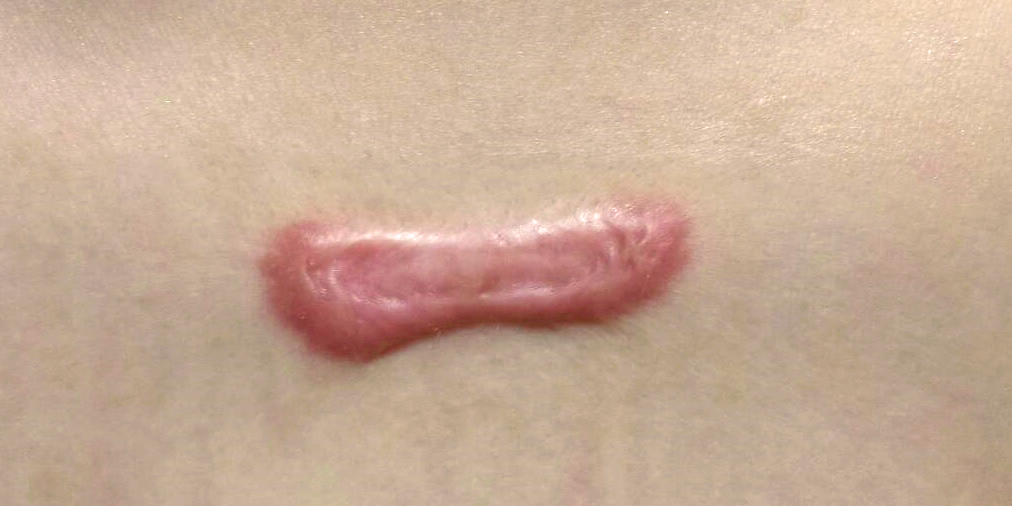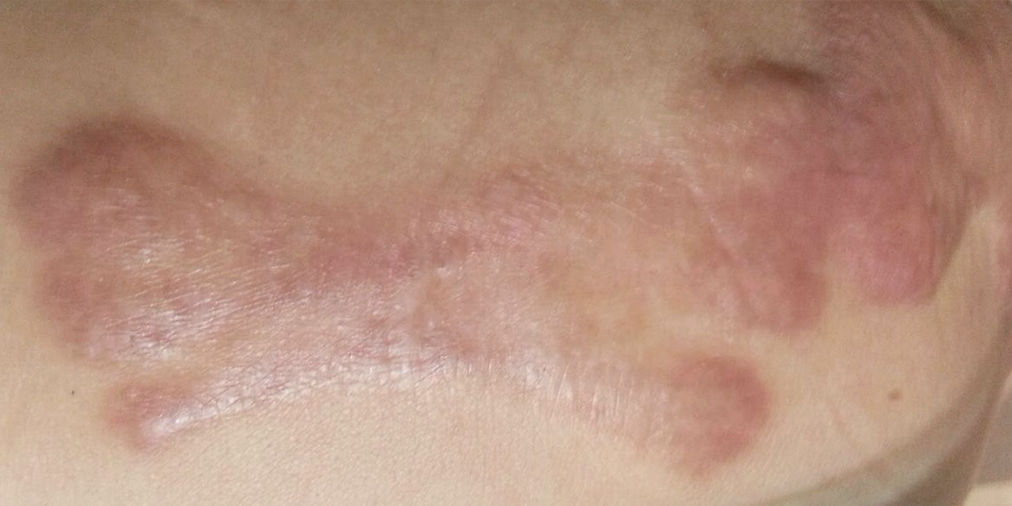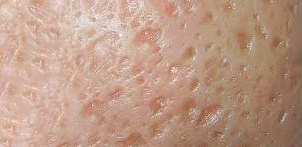About Scar
How scars develop
Scars are nature’s way of closing a wound
Most daily injuries, like cuts, lacerations, abrasions or burns are not dangerous. But they can lead to visible scars, when deeper layers of the skin are hurt. In these cases the body reacts to the injury in a series of coordinated steps.
There are three phases of scar formation:
Inflammation
The phase of inflammation only lasts about 48–72 hours. The wound is automatically closed with a blood clot, which stops foreign particles from penetrating into the organism and prevents infections. Growth factors that stimulate the formation of new tissue are activated.
Cell proliferation
For about 3 to 6 weeks cell proliferation forms new connective tissue to close the wound.
Matrix remodelling
The last phase of scar formation lasts several months or even years. Our skin needs this time for the healing process in the deeper layers and to form new tissue to fill out the wound completely.
The scarring process can be influenced in every phase of scar formation. But the sooner a scar is treated, the less visible it will be.
Scar types
There are three main types of scars
Hypertrophic scars

Hypertrophic or raised scars form immediately after wound healing due to an overproduction of connective tissue. This scar type tends to bulge and project above the level of the surrounding skin, but it remains restricted to the region of the original injury. Risk factors for raised scars are infections and insufficient immobilisation of the wound.
Keloids

Keloids are also called overgrowing scars. They develop some time after the healing of the wound. Because of a massive overproduction of connective tissue, the scar grows out beyond the wound and onto healthy skin. Keloid scars become larger than the original injury. Scars on parts of the body with high skin tension are susceptible to keloid formation. Quite frequently, a genetic tendency to develop keloids is inherited. Keloids also occur up to ten times more frequently in people with dark skin.
Atrophic scars

Atrophic scars are slightly sunken due to a lack of collagen. In these cases scar tissue covers the wound but not enough tissue is produced to fill out the damaged area sufficiently. Atrophic scars are particularly common after acne or chicken pox.
Treating scars
People seek help for scars if they are painful or itchy, if they are unsightly, or if they restrict movement. Although scars cannot be removed completely, they can often be made less visible. However, more research is required to assess the effectiveness of the different treatments.
Your GP may refer you to a dermatologist or a plastic surgeon for treatment.
Corticosteroid injections
Corticosteroid injections are used to treat some keloid and hypertrophic scars.
Multiple small injections are made into the scar to reduce any swelling (inflammation) and to flatten the scar. Depending on the type of scar, these may need to be repeated. Injections are usually given on three occasions, at four- to six-week intervals, to assess your body’s response. Treatment may sometimes continue for several months if the scar is improving.
This treatment cannot remove scars, but it can improve their appearance.
Silicone gels or sheets
Silicone gels or sheets are available from some pharmacies. They are used on healing skin (not open wounds) to reduce redness and to try to minimise hypertrophic or keloid scars.
To be effective, silicone gels or sheets should be placed over the scar for 12 hours a day, for at least three months.
You can ask your GP, dermatologist or pharmacist for more advice about a range of silicone-based scar treatments.
Surgery for scars
Surgery can sometimes improve the appearance of scars, as it can be used to:
- change the positioning of the scar
- change the width or shape of the scar
- release a tight scar that is close to a joint, to improve movement
Be aware that having surgery on your scar will leave a new scar that will take up to two years to improve in appearance. If surgery is used to treat a hypertrophic scar, there is a risk that the scarring may be worse after the surgery.
Surgery alone is not advised for keloids, as they tend to grow back larger. Surgery for keloids is often combined with corticosteroid injections at the site of the removed scar immediately after surgery. Some plastic surgeons also add other treatments, such as X-ray therapy and oral antibiotics, to try to minimise the recurrence of a keloid that has been surgically treated. You can talk to your surgeon about this treatment.
Pressure dressings for scars
The aim of pressure dressings is to flatten and soften scars. They are most often used for large burn scars or after skin grafts.
Pressure dressings are usually made from a stretchy, elastic material. They are worn over the scar 24 hours a day, for around 6 to 12 months. They can also be used in combination with silicone gel sheeting, to improve the appearance of scars over a long period of time.
Pressure dressings are usually used under specialist supervision.
Laser therapy
Laser or light therapy (pulses of light) can reduce the redness in a scar by targeting the blood vessels in the excess scar tissue. For some pitted scars, laser surgery (laser re-surfacing) is used to try to make the scar flatter. This involves using a laser to remove the top layers of skin, which stimulates collagen production in the deeper layers.
However, there are very few long-term studies to prove the effectiveness and safety of this therapy.
Dermal fillers
Dermal fillers are injections (often of a man-made acid) used to "plump up" pitted scars. Treatments can be costly and the results are usually temporary. Repeat treatments are needed to maintain the effect.
Radiotherapy
Low-dose, superficial radiotherapy may reduce the recurrence rate of hypertrophic and keloid scars after surgery. It is effective in about 70% of cases but, because of the possibility of long-term side effects, it is only reserved for the most serious cases.
Scars and skin creams
Although Vitamin E cream is sometimes recommended for the self-management of scars, there is no medical evidence to suggest that it has an effect.
However, the massaging of a moisturiser such as E45 into the scar will keep it from becoming dry and help make it supple.
Scars may be sensitive to the sun. Sunscreen can be used to protect them.

